
Ferrari keeps resisting most of the major trends in the automobile industry, following its own path. That being said, even Ferrari had to get with the times and offer a more sensible, everyday car. And thus, the California was born.
Keeping with Ferrari tradition, the California T isn't specifically marketed as the second generation California. Even so, it looks more like a facelift. But the big change is under the hood: Ferrari dropped the old 4.3-liter engine in favor of a 3.9 turbo. Hence the "T" in the name.
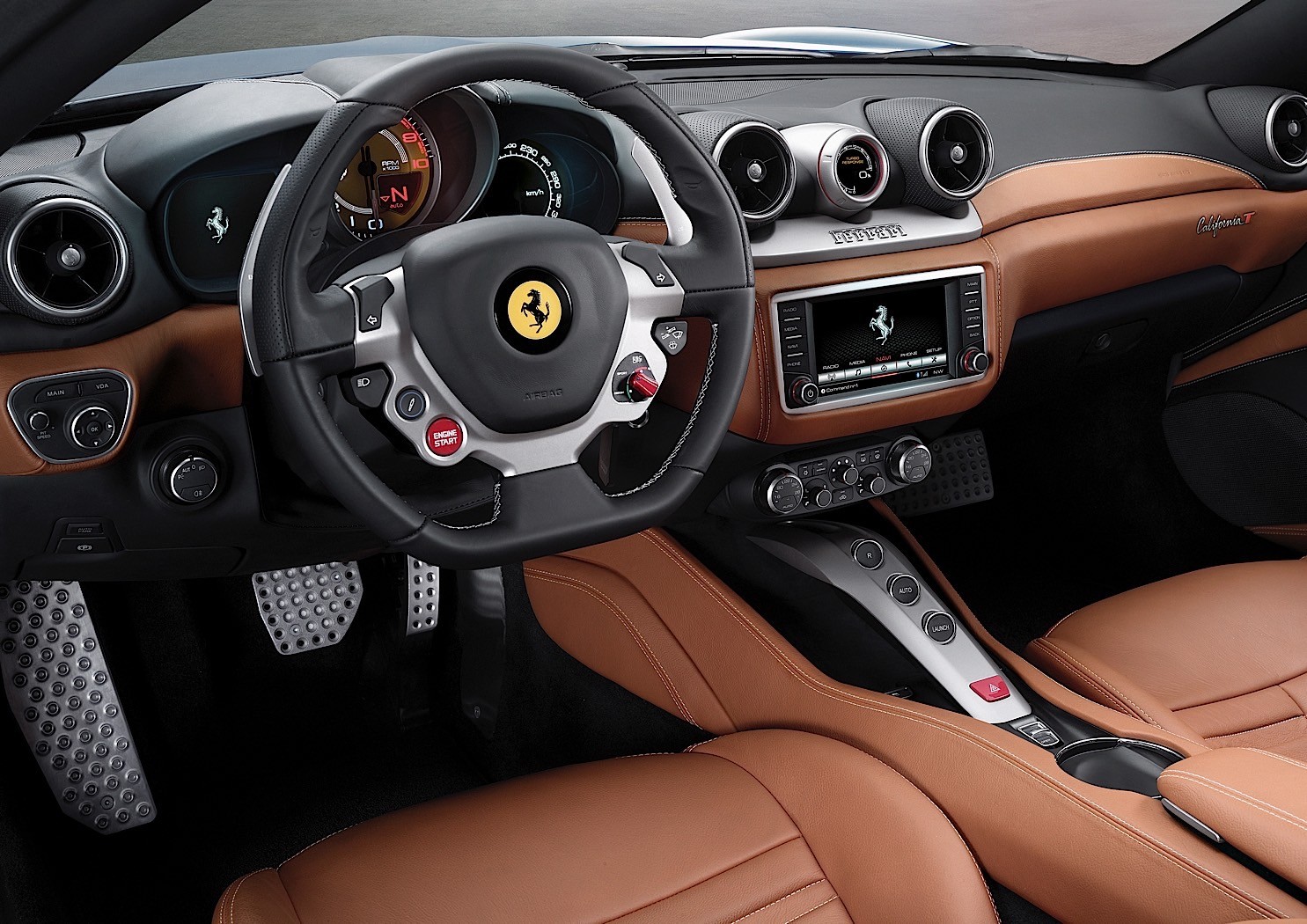
1Exterior design &
Features
Although all exterior panels are new, The California T keeps the same styling cues as the previous California, refined by Pininfarina, and even the same exterior dimensions. A simple grille design features just three chrome accent strips and the famous prancing horse. The muscular wings on either side of the hood incorporate wedge-shaped LED headlights. As evidenced by the air intakes in the lower front fascia, the presence of a turbo engine required the addition of two air-to-air intercoolers.
Two round taillights, a classic Ferrari design signature, define the muscular rear end. Large twin tailpipes flank a generous diffuser. Fitted with a retractable aluminum hard top, the California T manages to look great both as a coupe and as a spider. Standard wheels are 19-inch, with 20-inch wheels available as an option. Over 20 exterior colors are available to choose from.

2Interior design, features
and passenger space
On the inside, the California T gets a revised dash and trim upgrades. The optional power front seats are available with four different stitching patterns, and there's a huge selection of colors and materials for the upholstery and trim. There is no heated seats option, but dual-zone climate control is standard.
Unlike "regular" cars, the California T's steering wheel integrates the controls for the wipers, the turn signals, and the high beam. That's in addition to buttons for starting the engine, changing suspension settings and stability control level.
The instrument panel features a large analog tachometer at the center, with an analog speedo to one side and a TFT display to the other. There's a new infotainment system, with a 6.5-inch touch-screen. If you'd like to impress with more than the California T's looks and performance, an optional 12-speaker JBL sound system, with an output of 1280 watts, is available.
The California T is a 2+2 Grand Tourer, but don't expect the rear seats to be very comfortable or offer too much space. There's a decent amount of trunk volume, 12 cu ft to be precise, but this drops to just 8.5 cu ft when the hardtop is retracted. It takes 14 seconds to put the roof down, by the way.
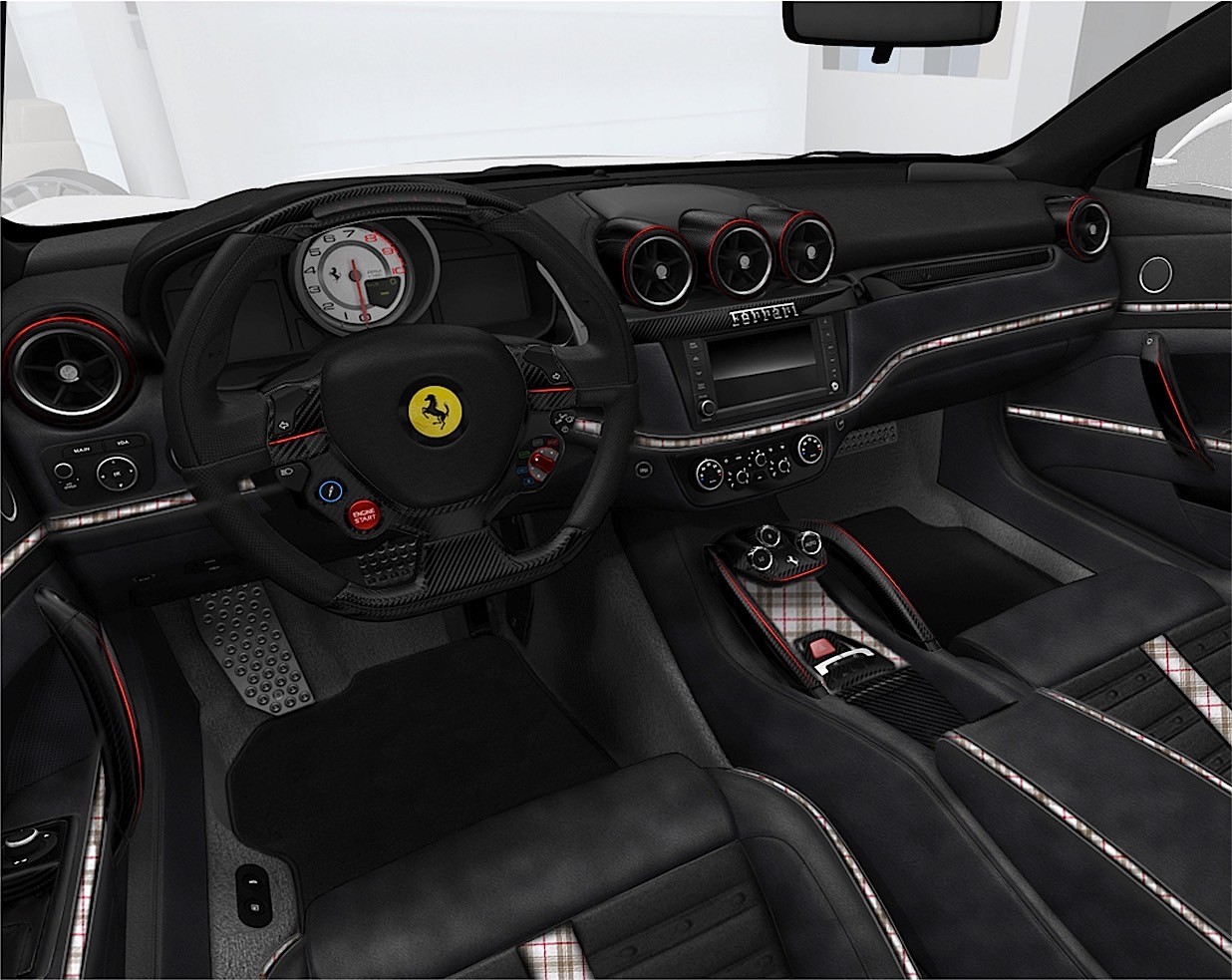
3Gadgets
There's not much in the way of tech features, other than USB, Bluetooth, and SiriusXM satellite radio, but the California T is one of the first cars ever to feature Apple CarPlay functionality.
The coolest gadget is the Turbo Performance Engineer (TPE). Its round display is placed between the central air vents and is activated by touching the screen for three seconds. The performance instrument has five display modes: time, outside temperature, turbo pressure, turbo response and turbo efficiency. Turbo response shows the percentage of the maximum engine response available to the driver depending on engine revs. Turbo efficiency displays the percentage of maximum efficiency at which the engine is running (torque versus fuel consumption).
Don't be fooled by the "pit speed" knob to the left of the steering wheel. It's not some fancy track gadget. More like a primitive cruise control.
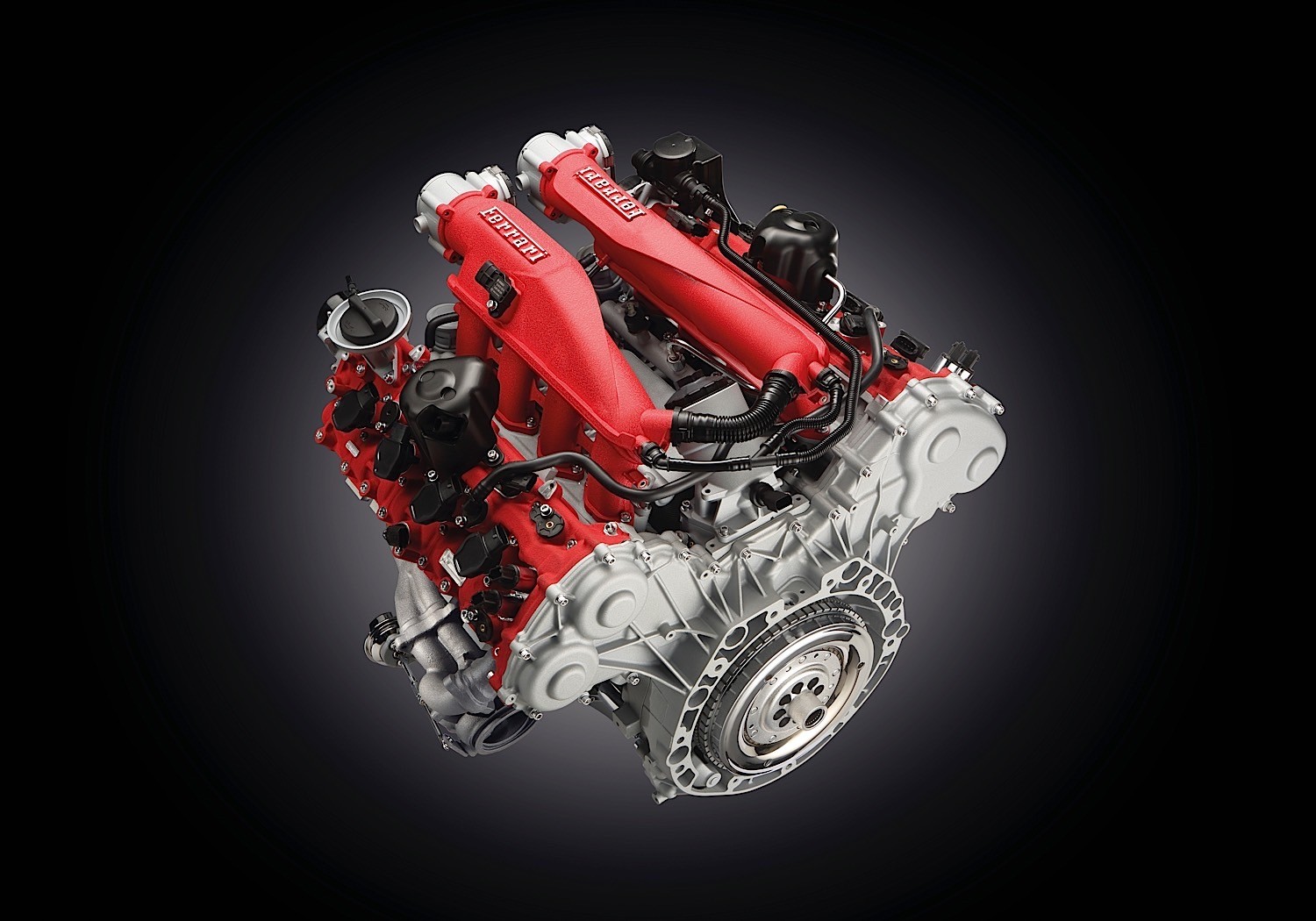
4Performance
Ferrari hasn't used a turbo engine in one of its road-going cars since the F40 went out of production, in 1996. Purists will frown at the 3.9-liter V8 with variable boost management that's also used by Maserati, but it's good for 553 horsepower and a peak torque of 557 lb-ft, at 4,750 rpm. It's well worth noting that peak torque can only be achieved in the 7th gear. Ferrari promises that its engineers have worked hard to overcome the shortcomings of the turbo engine, like turbo lag, low maximum revs, and "a less than thrilling sound".
The California T's V8 is mated to a 7-speed dual-clutch transmission with paddle shifters, the same gearbox used in the previous California model, but with longer rations. Thanks to the transmission tweaks, the California T reaches 62 mph in 3.6 seconds, 124 mph in 11.2 seconds, and has a maximum top speed of 196 mph. It also has a launch control function. You probably don't care, but since fuel economy numbers are available, we're going to go ahead and pass them along to you: 16 MPG city, 23 highway.
Ferrari has fitted the California T with magnetorheological dual-mode suspension and a Brembo carbon-ceramic braking system, with 15.4-inch discs at the front and 14.2 at the rear. The car needs just 111 ft to come to a complete stop, from a speed of 62 mph.
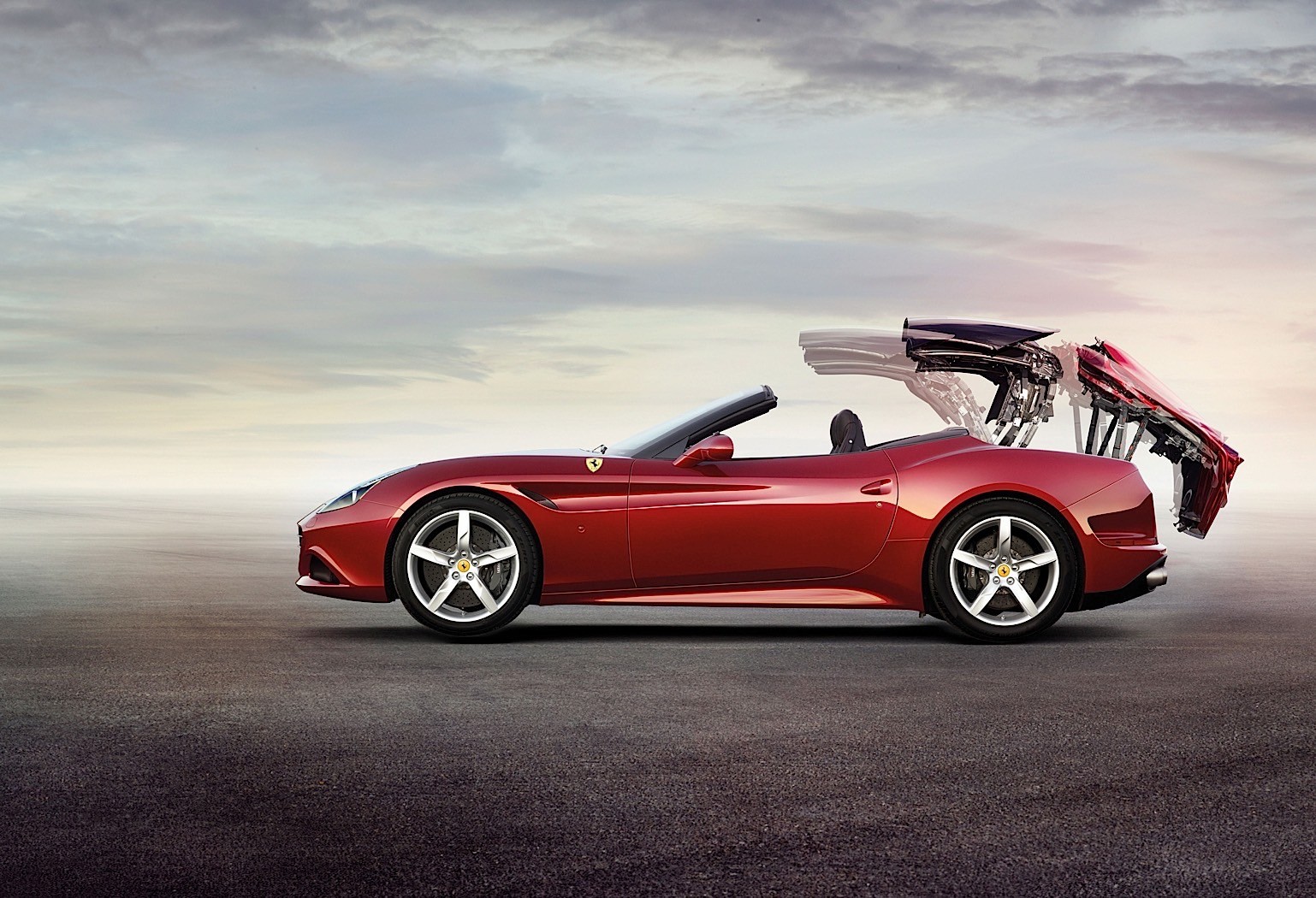
5Safety
Safety features on the California T are limited to the basics. The car has highly advanced ABS and ESC, as well as front and side airbags. Front and rear view cameras are available as options. That's it, unless we stretch the meaning of safety and start mentioning things like the adaptive headlights just to make this section longer than two sentences. Or we could ramble on with useless details about the ABS and ESC. But we won't.
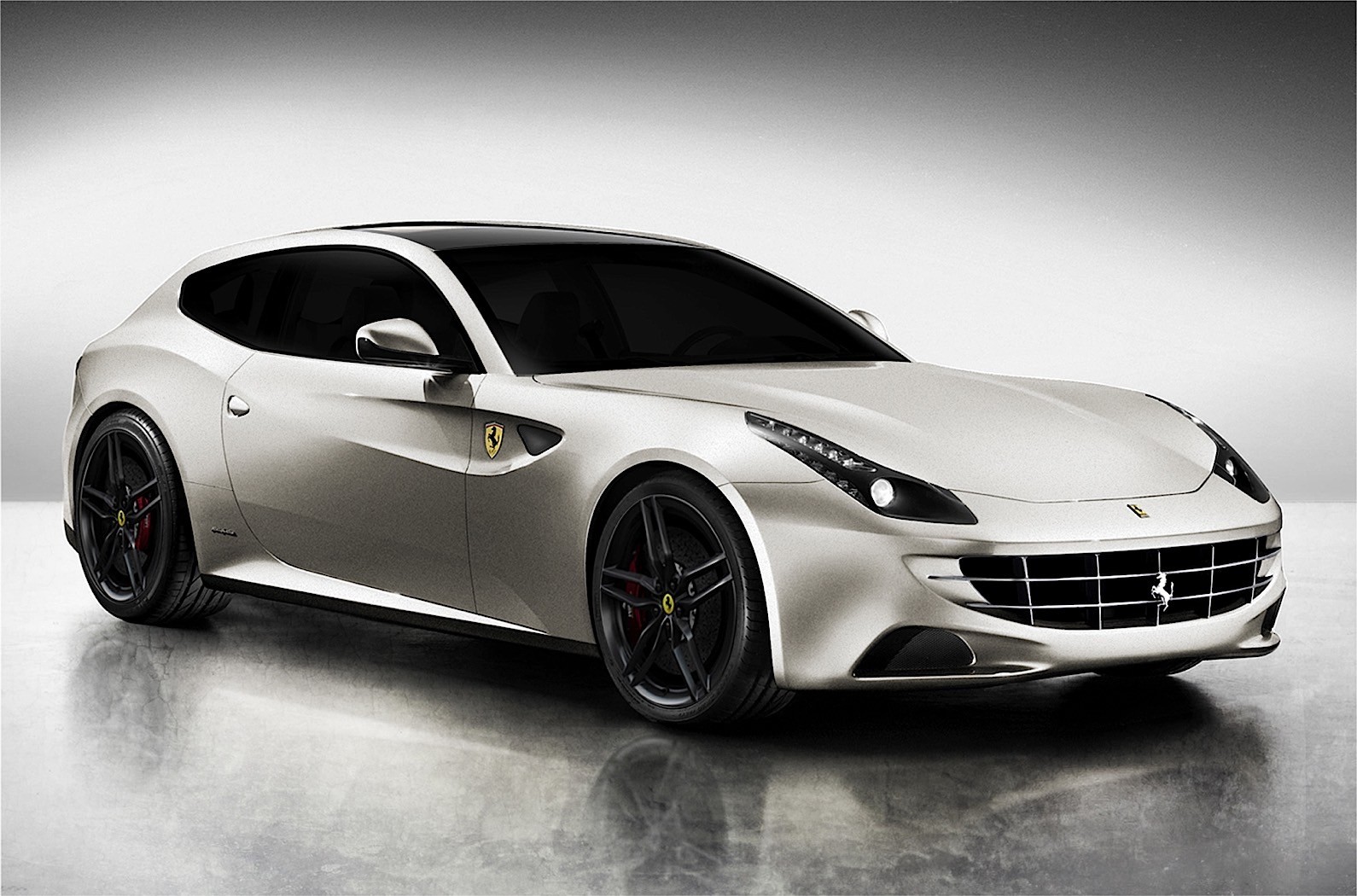
6Conclusion
The U.S. is Ferrari's biggest market and the California T seems perfectly suited for cruising down the coastal highways. But competition from other grand tourers is stiff and the California still doesn't deliver enough in terms of tech or luxury. To add insult to injury, plenty of people will feel that Ferrari compromised its character by going the way of a more fuel-efficient turbo engine.

No comments:
Post a Comment